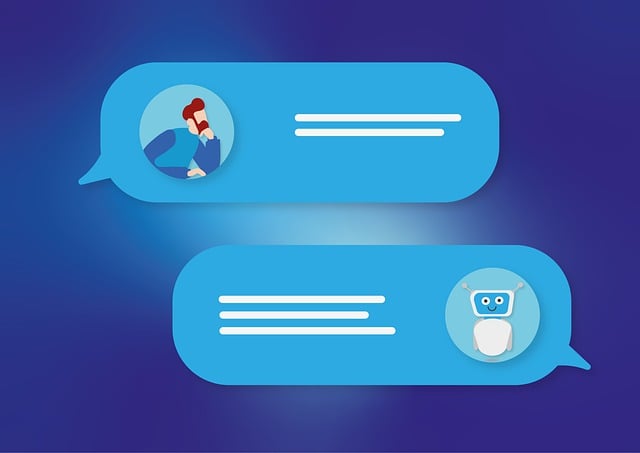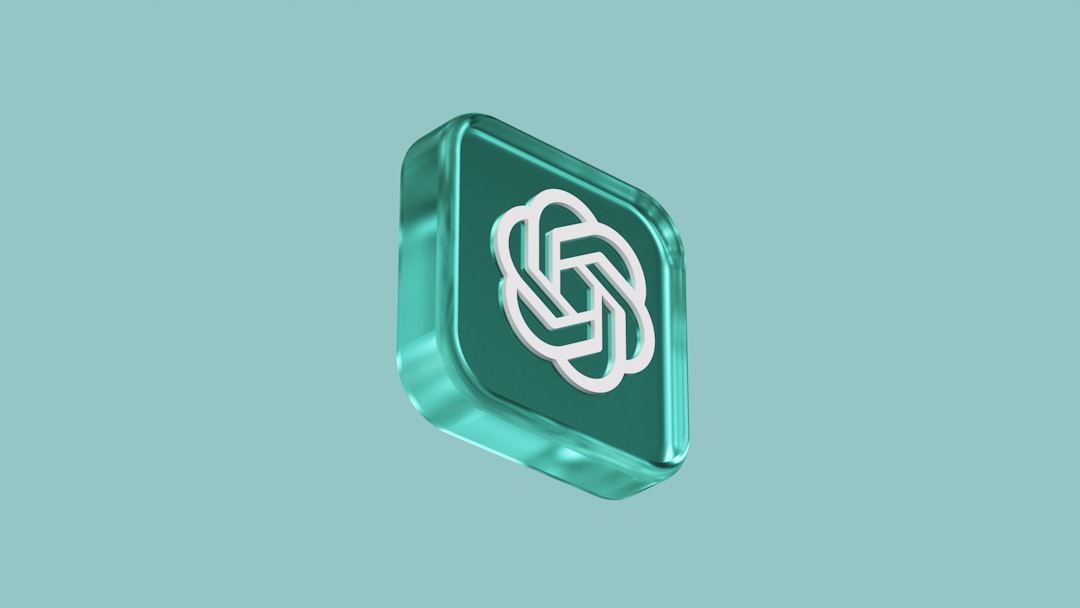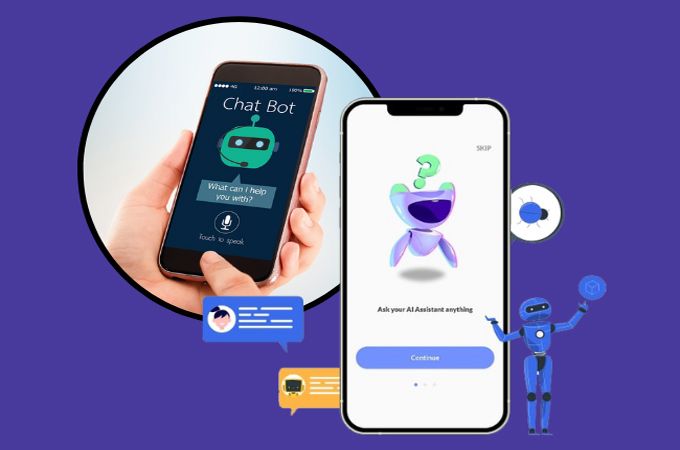Introduction
Chatbots are becoming increasingly popular in the realm of conversational AI for organizations trying to improve consumer relations. Building intelligent chatbots has become more accessible and efficient as natural language processing technology has advanced. This beginner's guide will show you how to use ChatGPT, a strong language model, to build intelligent chatbots. Whether you're a developer or a non-technical user, this tutorial will provide you with the knowledge and resources you need to get started with chatbots.
What exactly is ChatGPT?
OpenAI created ChatGPT, a cutting-edge language model. It has been trained on enormous amounts of text data and can generate human-like responses. We may train the model to comprehend specific circumstances and provide logical and contextually relevant chatbot responses by fine-tuning it.
Understanding the Fundamentals of Chatbot Development
1. Defining Your Chatbot's Purpose
Before delving into the technological details, you must first identify the objective of your chatbot. Determine the tasks or goals you want your chatbot to complete. Having a defined objective will guide your development process, whether it's offering customer assistance, answering FAQs, or engaging customers in conversation.
2. Creating a Conversation Flow
An effective chatbot requires a well-designed conversation flow. Determine the various user intentions and map out the probable user inputs and bot answers. Consider several scenarios and prepare fallback responses in case the chatbot meets strange inputs.
3. Data Collection and Preparation for Training
To effectively train ChatGPT, you'll need a broad and high-quality dataset. This dataset should contain conversational data that is relevant to the objective of your chatbot. Prepare the data for training by cleaning and structuring it suitably.
- Fine-tuning an Intelligent Chatbot using ChatGPT ChatGPT
Fine-tuning ChatGPT entails training the model on your specific dataset to improve its contextual relevance and provide desirable responses. Adapt the underlying model to your specific chatbot requirements using transfer learning techniques. Experiment with various hyperparameters and training methods to attain the best results.
- Adding ChatGPT to a Chatbot Framework
ChatGPT must be integrated into a chatbot framework or platform in order to function. Select a framework that corresponds to your development skills and needs. Dialogflow, Botpress, and Rasa are all popular choices. In order to manage user input and generate chatbot responses, integrate the fine-tuned ChatGPT model into the chosen framework.
- Natural Language Understanding (NLU) Implementation
Incorporate Natural Language Understanding (NLU) approaches to improve the chatbot's capacity to understand user intents. To extract important information from user inputs, use techniques such as entity identification and intent categorization. This improves the accuracy of comprehension and the quality of responses given by ChatGPT.
- Experimenting and iterating
Test your chatbot on a regular basis to ensure it is working properly. Perform both automated and user testing to discover any problems or opportunities for improvement. Collect customer feedback and iterate on your chatbot's design, conversation flow, and response creation based on their feedback.
Conclusion
Thanks to advances in NLP models such as ChatGPT, creating intelligent chatbots has never been easier. In this beginner's guide, we looked at the fundamentals of chatbot development, such as identifying goals, constructing conversation flows, and gathering training data. We also went over how to fine-tune ChatGPT, integrate it into a chatbot framework, add NLU techniques, and test and iterate on our chatbot.
Consider researching solutions like Cloozo that provide a no-code approach to chatbot development as you begin your journey to constructing intelligent chatbots. These technologies can further simplify the process, allowing both developers and non-technical individuals to easily design sophisticated chatbots.
Remember that creating a successful chatbot necessitates ongoing learning and growth. To guarantee that your chatbot remains relevant and valuable in offering excellent user experiences, keep up with advances in NLP technology and user expectations.
Happy bot-building!
Other Posts


